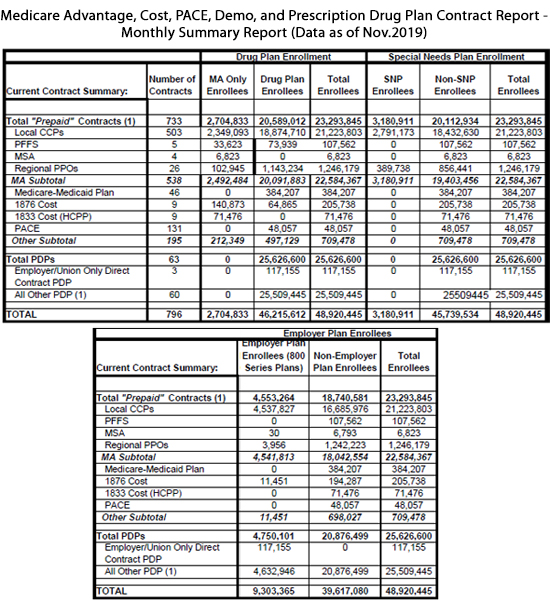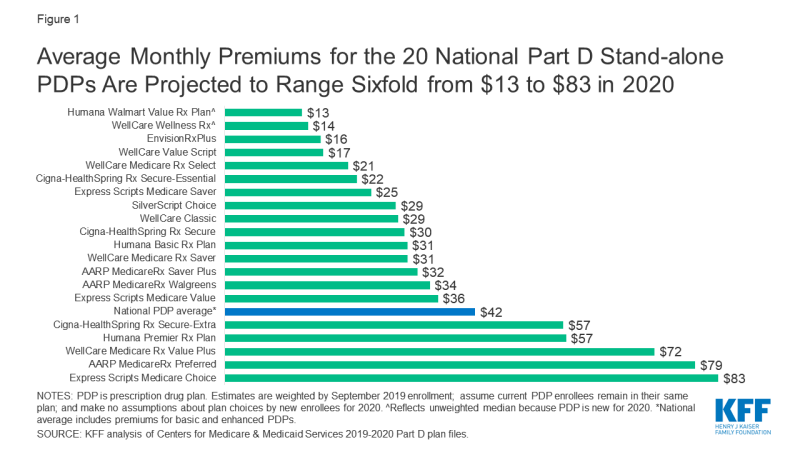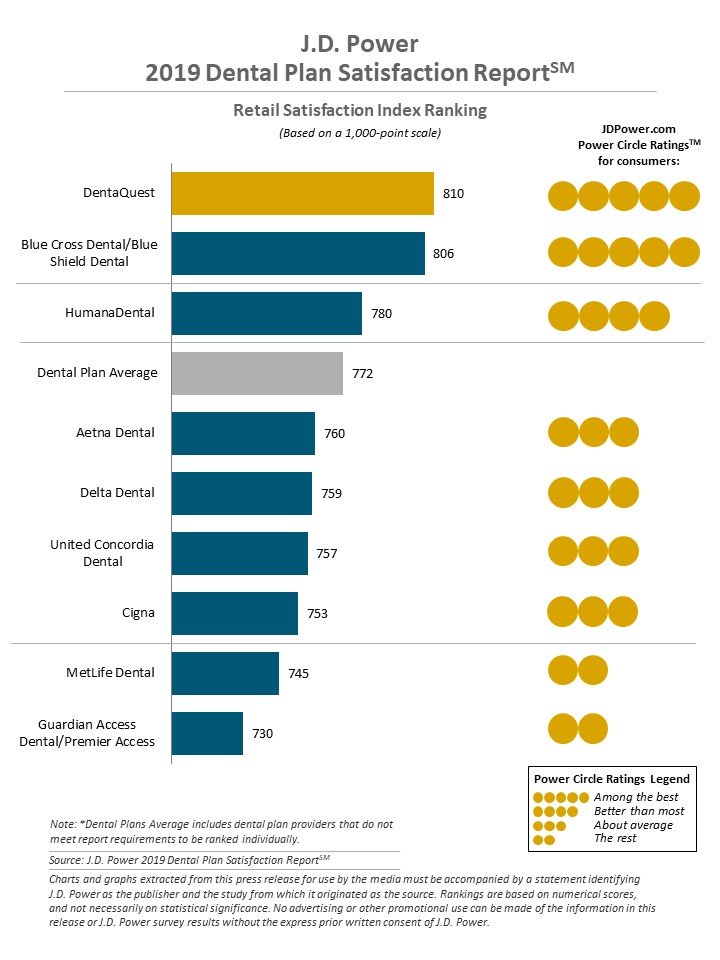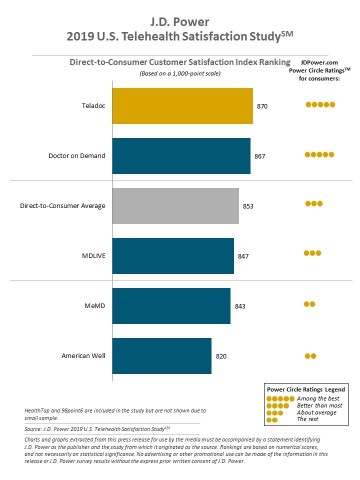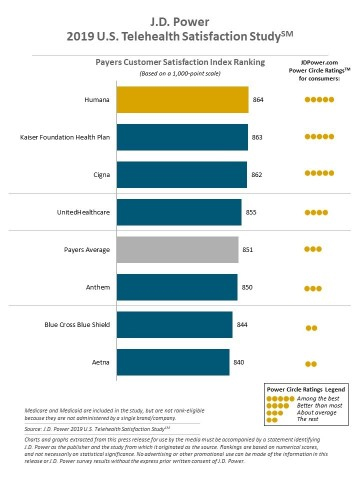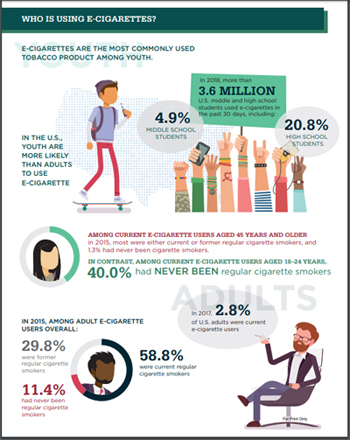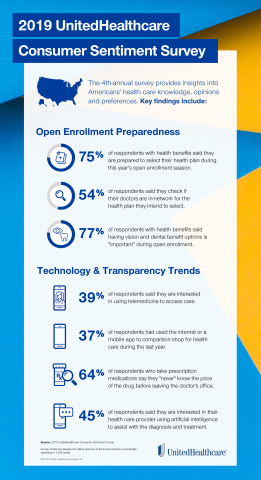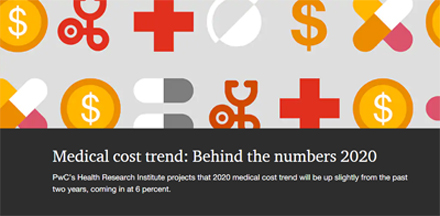Fifteen Things to Know from the 2019 America’s Health Rankings Report
By Clive Riddle, December 6, 2019
Vermont is number one in health, Mississippi is in last place, and New York gets most improved. Smoking is down, obesity is up, along with diabetes, drug death, and suicides. Fortunately the supply of mental health providers is increasing as well. These indicators and countless more come courtesy of the 2019 America’s Health Rankings Annual Report.
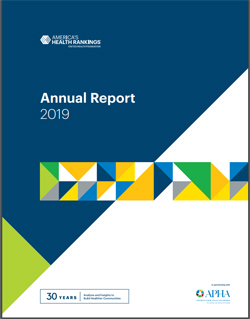
The United Health Foundation, affiliated with UnitedHealth Group, has released their 118-page 2019 America’s Health Rankings Annual Report, marking their 30th annual study that "has grown from ranking states across 16 measures of health to 35 measures in 2019." This year’s report was developed in partnership with the American Public Health Association.
The Foundation share these key findings from their report:
- In the past year, improvements have been made in lowering the rates of smoking (decreasing 6%), children in poverty (decreasing 2%), and increasing the supply of mental health providers (increasing 5%).
- In the past two years, infant mortality has declined, resulting in 1,200 fewer deaths (decreasing 2%).
- Obesity prevalence among Americans is now at 30.9%, up 11% since 2012.
- Diabetes is now at 10.9% of the U.S. population, up 4% in the past year.
- The rate of drug deaths increased 37% from 14.0 to 19.2 deaths per 100,000 – equating to more than 53,000 additional deaths over a three-year period.
- The suicide rate increased 4% nationally in the past year, and is up in a total of 30 states.
- Smoking among adults has decreased 45% since 1990. Today, 16.1% of adults report that they smoke.
- Infant mortality has decreased 43% since 1990, with declines in all 50 states.
- Obesity has increased 166% over the past 30 years, from 11.6% to 30.9%.
- Diabetes has reached the highest prevalence since 1996, increasing 148% among adults.
- The national suicide rate has increased 17% since 2012.
- Drug deaths have increased 104% since 2007.
- Vermont topped the list of healthiest states in 2019, followed by Massachusetts (No. 2), Hawaii (No. 3), Connecticut (No. 4) and Utah (No. 5).
- Mississippi ranks No. 50 this year, followed by Louisiana (No. 49), Arkansas (No. 48), Alabama (No. 47) and Oklahoma (No. 46).
- New York has made the most progress since the Annual Report was first released in 1990, improving 29 ranks from No. 40 to No. 11.
 Post a Comment By
Post a Comment By  Riddle, Clive |
Riddle, Clive |  Friday, December 6, 2019 at 10:06AM tagged
Friday, December 6, 2019 at 10:06AM tagged  Clinical & Quality|
Clinical & Quality|  Surveys & Reports
Surveys & Reports 
